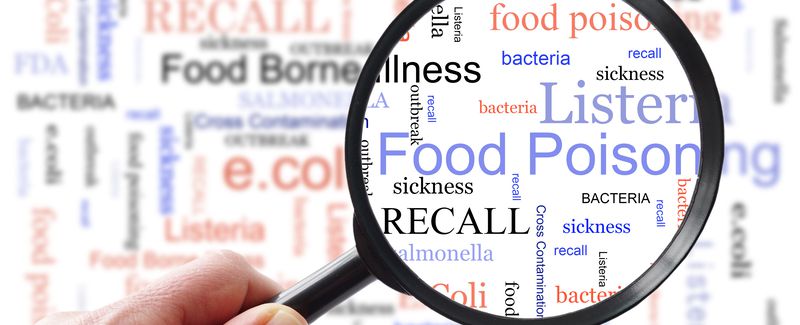 The prevalence of foodborne illnesses has been a subject of concern and analysis among food safety professionals. While it may appear that such illnesses are increasing, several factors contribute to this perception. Advancements in detection methods, improved surveillance, and heightened awareness have led to more frequent identification and reporting of foodborne outbreaks. This does not necessarily indicate a true rise in incidence but rather reflects the enhanced capabilities of health agencies to detect and document cases.
The prevalence of foodborne illnesses has been a subject of concern and analysis among food safety professionals. While it may appear that such illnesses are increasing, several factors contribute to this perception. Advancements in detection methods, improved surveillance, and heightened awareness have led to more frequent identification and reporting of foodborne outbreaks. This does not necessarily indicate a true rise in incidence but rather reflects the enhanced capabilities of health agencies to detect and document cases.
Despite these improvements in detection and reporting, the burden of foodborne diseases remains significant. The World Health Organization (WHO) estimates that annually, approximately 600 million people worldwide fall ill after consuming contaminated food, leading to 420,000 deaths. In the United States alone, the Centers for Disease Control and Prevention (CDC) reports that each year, about 48 million people experience foodborne illnesses, resulting in 128,000 hospitalizations and 3,000 deaths.
Several pathogens are primarily responsible for these illnesses. Norovirus is recognized as the leading cause of foodborne disease outbreaks globally, causing symptoms such as diarrhea, vomiting, nausea, and stomach pain. Other significant pathogens include Campylobacter, Salmonella, and Escherichia coli, which are commonly associated with contaminated poultry, eggs, meat, and fresh produce.
To mitigate the risk of foodborne illnesses, it is crucial for food industry stakeholders to implement and maintain robust food safety management systems. Adherence to standards such as Hazard Analysis Critical Control Point (HACCP) and the Food Safety Modernization Act (FSMA) ensures proactive identification and control of potential hazards. Regular training for employees on proper food handling practices, sanitation, and personal hygiene is also essential in preventing contamination.
In conclusion, while the apparent increase in foodborne illnesses may be attributed to better detection and reporting mechanisms, the persistent occurrence of these diseases underscores the need for continuous vigilance in food safety practices. Businesses in the food industry must prioritize the implementation of comprehensive food safety systems to protect public health.
For more information on achieving food safety certification, please contact a project manager at Perry Johnson Registrars Food Safety, Inc. (PJRFSI) at [email protected].
Leave a Reply
You must be logged in to post a comment.